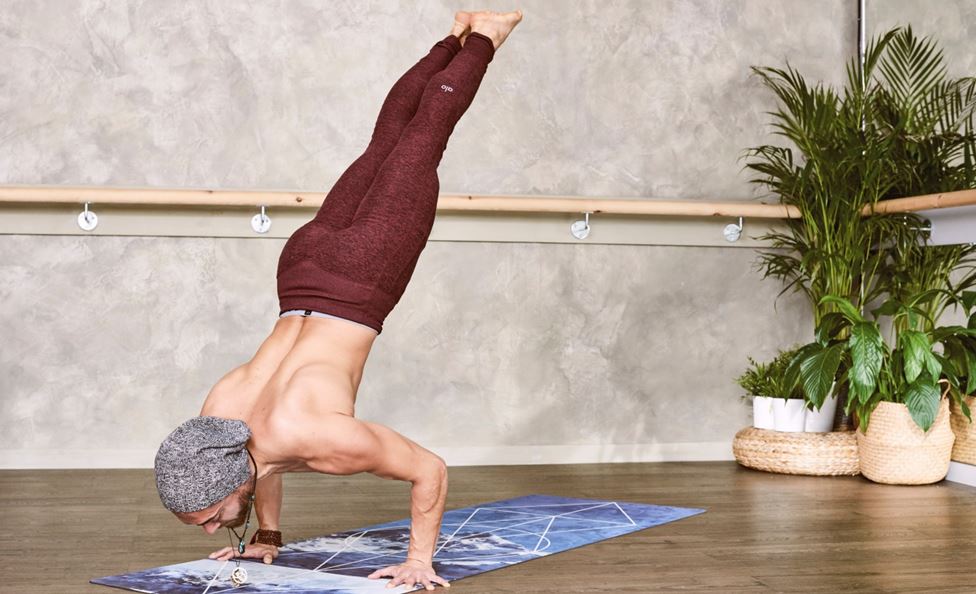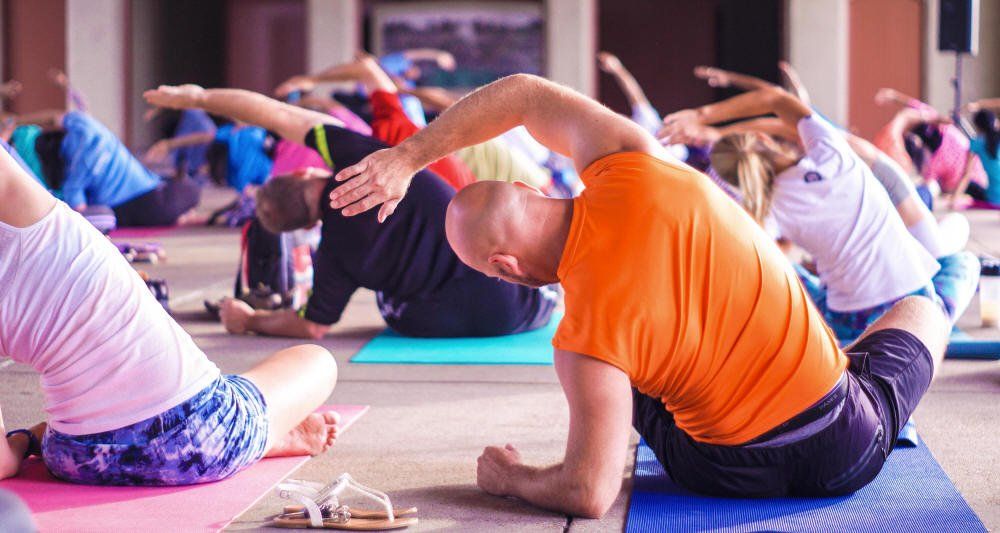What are the benefits and drawbacks of exercise classes?
Are group classes for you?
As a personal Pilates instructor, you’re probably thinking this article will be biased against fitness classes. However, I come from a place of experiencing and appreciating both group and one-to-one sessions so I can see the benefits and drawbacks of each. In this article I express my own view of the advantages and disadvantages of going to class exercise: I acknowledge that each participant’s experience and reasoning will be different, so, please feel free to share your thoughts.
Whichever way you approach it, becoming more active is the major benefit of doing any additional exercise and is an ethos very close to my heart.
Fitness Motivation
Ahhh! How many of you have paid for a gym membership only to realise it’s out of date by the time you get around to using it? Motivation to take part in any exercise program is often low, even though the mental and physical benefits are enormous. Local campaigns such as #thisgirlcan have been designed to make it easier to find suitable activities and doing it with someone can also spur you on: it is a well-known fact that you are more likely to keep the activity up if you attend with a friend. The peer pressure and unwillingness to let them down can really motivate you to even turn up. There is also a wider sociable benefit – in getting to know other attendees you can sharing common interests and make new friends – another driver to go to classes.
Group Exercise
Group activities by definition involve a number of people all doing what the teacher at the front of the class is doing, at the same time (apart from the rebel participants and we all know a few of those!). There is comfort in knowing that future classes will follow along the same format and similar routines each week.
Invariably only one level is catered for and there is an expectation that everyone is at the same level of fitness and will keep up with others in the class. So it is important to check that the class caters for your level and ability before attending. If you are unable to get on or off the floor easily, struggle with coordination or are just starting back to exercise after a time away, group classes may not be the best for you.
Depending on the size of the group, and how brave you are when deciding where to position yourself in the hall, the spotlight is taken off you to ‘perform’. The front row may get the benefit of seeing the routine first hand, but moves often get translated, like Chinese whispers, towards the back of the class.
Generic Fitness Programs
The down-side is that the tutor can only give generic exercises, rather than individual attention. Professional teachers will acknowledge any issue you raise with them prior to the session and may even mention to be cautious with a certain movement during their routine. They won’t, however, have the luxury to change their program just for you or to check you are doing the moves correctly throughout! Imagine the reigning chaos if the teacher left their podium position, with the class having no-one to follow!
Regular Times
The other good thing about exercise classes is that they are usually at a particular time and place on a regular basis. If you have a particular slot in your diary in which to fit exercise into your busy life, then this format could work well for you. Bear in mind, you might have searched and found the ideal class, only to realise it’s not on at a convenient time – just when you need to put the kids to bed or it’s only on during your normal working day.
Classes often follow school holidays, so you may have gaps in your exercise program.
Commitment
There is often a requirement to commit to a number of session (although there are classes where you can pay as you go) – some offer discounts to persuade you to attend a block or term. I have a lot of sympathy with those running classes, as it is often more to do with the fact they have had to commit to the hall owner for a period of time, than wanting to lock you in and make you pay for a whole term, even when you will have to miss one or two dates out of the term. I suppose the PS of this point is the lower cost, as classes are obviously cheaper than private sessions as the tutor’s costs are spread across the number of people attending.
When Classes Work!
In summary, I strongly believe that classes are excellent for people who are experienced at the activity, such as yoga, Pilates or Tai chi (unless attending a beginners’ class). They are then able follow a teacher safe in the knowledge that they are performing each exercise correctly, so won’t hurt themselves. You need to be happy to do generic exercise within rigid time slots. They suit people who need the motivation of a group to get them to do any physical activity. I really enjoy classes for these reasons myself!
However, if this doesn’t sound like you, an alternative way of exercising might suit you better.
It’s a decision only you can make and I recognise everyone’s needs and circumstances are different.
Let me know if you’re a class goer, gym addict, home exerciser or prefer individual tuition!
Next time I’ll run through the pros and cons of one-to-one sessions.







